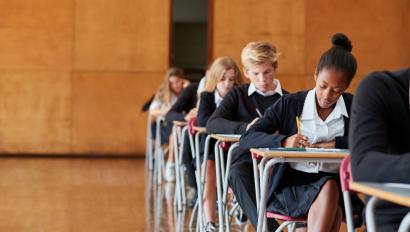Ensuring a Secure Future: Safeguarding the Education Sector
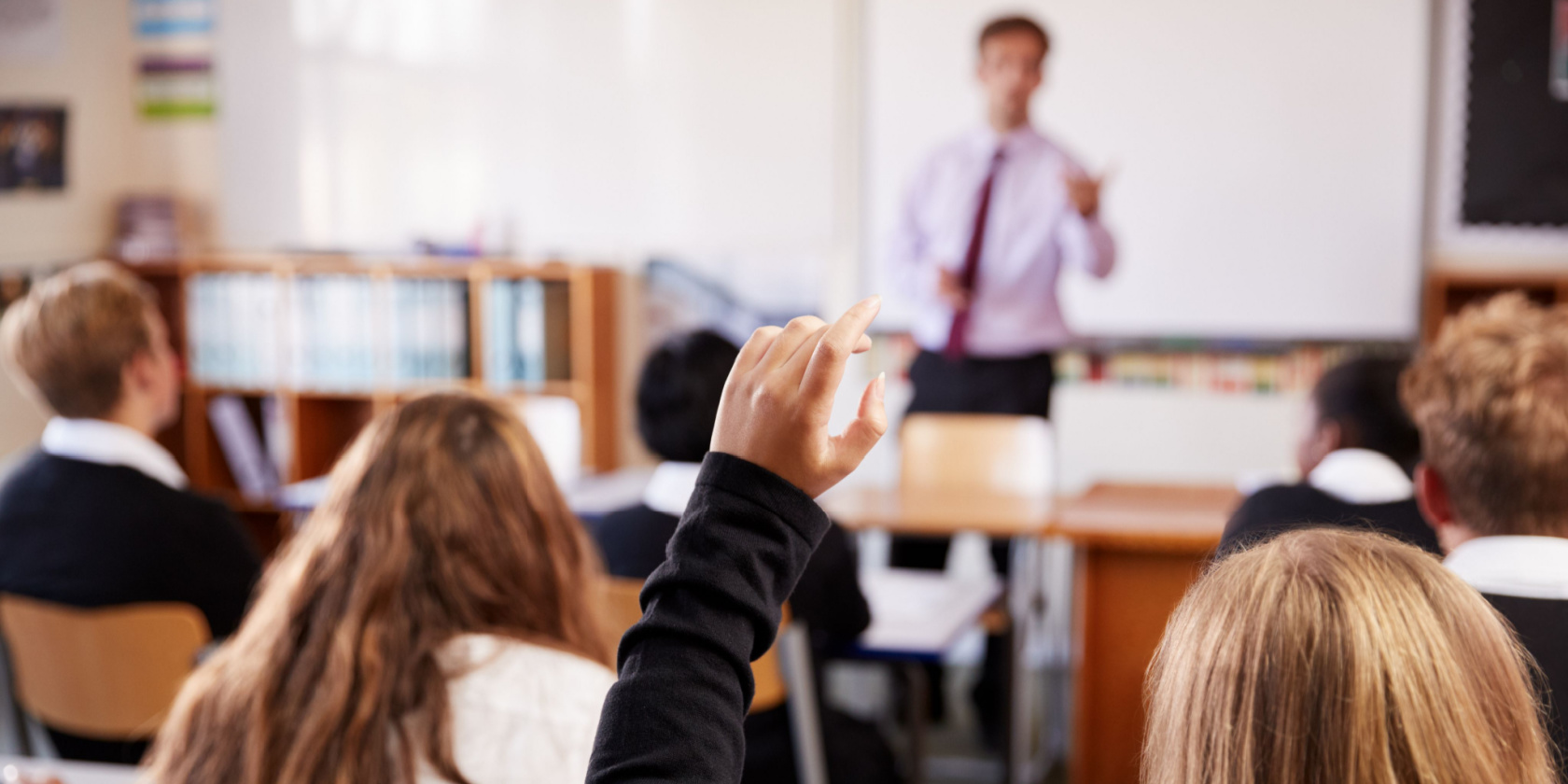
Educational establishments come in all shapes and sizes, from small nurseries through to large, multi-campus universities. Whilst one security solution will never meet the needs of all these varied sites, there are common shared requirements and trends within the educational sector that every educator should know about
In this blog, we’ll look at the security approaches and technologies – existing and new - that are best placed to keep staff and students safe, and answer these key questions for educational leaders:
- Why is a security policy important and what’s the best way to create one?
- What are the key security risks for education?
- How well are educational establishments protected against risk?
- What are the best security technologies for education?
- What’s new in security that’s suitable for educational establishments?
- Is this equipment expensive? Budgets are tight now, what are the options for purchasing?
- Is remote monitoring of security systems suitable for educational establishments?
- Creating a safer, secure, healthier, and more efficient learning experiences
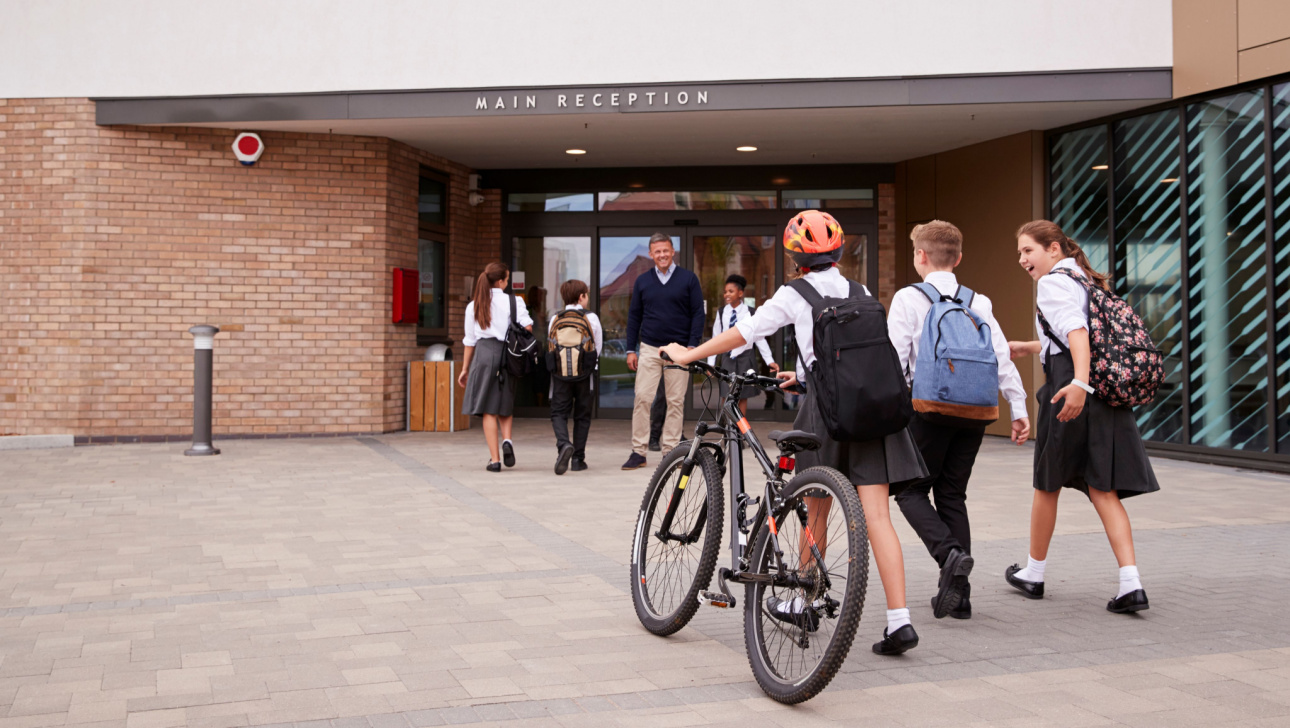
Why is a security policy important and what’s the best way to create one?
Education establishments are some of the safest environments in this country, but they are not immune to threats – whether that’s vandalism, arson or theft or more serious potential incidents involving a weapon or even terrorist attacks. Keeping staff and students safe is a top priority, so ensuring you have a security policy in place to manage and respond to potential threats is a sensible addition to your overall safeguarding policies.
Your security policy should reflect your particular circumstances. A good place to start is a risk assessment to identify the likelihood of a security-related incident occurring, assess the level of impact and then develop plans and procedures to manage and respond to any threats. That policy will need to be a careful balancing act between maintaining a welcoming environment conducive to learning whilst protecting all those on-site from harm.
At Securitas Technology, we have a team of experts who specialize in performing risk assessments and developing security solutions for educational facilities. We have a proven track record of helping schools and districts of all sizes to keep their staff and students safe.
If you are concerned about the security of your school or district, we encourage you to Contact Us.
We would be happy to perform a risk assessment and develop a tailored security solution that meets your specific needs and budget.

What are the key security risks faced by educational establishments?
Not that long ago, the main perceived threats to schools came from vandalism and arson. The focus of security at the site was to prevent unwanted visitors from accessing the site and damaging property. Therefore, intruder alarm systems with some CCTV cameras were the usual go-to security setup.
But the situation has now changed, and many organisations have moved beyond this relatively basic approach to more in-depth discussions on integrating security and emergency lockdown procedures. A person with a lighter or a spray can is one thing, but now schools must take into account the dangers posed by a person entering the premises with a weapon and even bomb threats, real or otherwise.
Ultimately the number one priority identified by nearly every educational establishment we work with is controlling visitors and access to the site. Controlling visitors and access to educational establishments with multiple buildings and constant pedestrian traffic can be a challenge.
Here are some of the challenges:
- Multiple buildings: It can be difficult to keep track of who is entering and leaving each building on a large campus.
- Constant pedestrian traffic: It can be difficult to distinguish between authorized and unauthorized visitors in a crowded environment.
- Lack of security resources: Educational institutions often have limited security resources, making it difficult to adequately monitor all entrances and exits.
Despite these challenges, there are a number of things that educational institutions can do to improve security and control visitor access. Here are a few tips:
- Implement a visitor management system: A visitor management system can help to track who is entering and leaving the campus, and can also be used to screen visitors for potential security risks.
- Use access control systems: Access control systems can be used to restrict access to certain areas of the campus, such as classrooms, laboratories, and administrative offices.
- Hire security guards: Security guards can help to monitor the campus and deter unauthorized entry.
- Educate staff and students about security procedures: Staff and students should be educated about the importance of security and the procedures that are in place.
The second key concern for educational institutions is the ability to swiftly and securely implement mass lockdowns or evacuations in case of emergencies. This challenge is universal, affecting schools and colleges of varying sizes.
These priorities persist, irrespective of the educational establishment's size or type, whether it's a compact primary school or an expansive university campus. The distinction lies in the scope of the operations.
Advancements in security equipment technology have enabled more customized solutions, rendering them both feasible and cost-effective. A great example of this is the Monitored Security solution, which allows for 24/7, 365 cost-effective coverage.

How well are educational establishments well protected against risk?
Generally, most educational establishments have at least enough security in place to form a good foundation to build upon. Where they often struggle is to manage their security systems because they have a variety of legacy systems that are not compatible with each other. This can create gaps in security and make it difficult to detect and respond to threats.
Here are some of the challenges of managing legacy security systems:
- Compatibility: Legacy systems may not be compatible with newer systems, making it difficult to integrate them into a comprehensive security solution.
- Updates: Legacy systems may not be updated as regularly as newer systems, making them more vulnerable to security vulnerabilities.
- Support: Legacy systems may no longer be supported by the manufacturer, making it difficult to get help when problems occur.
Educational institutions can address these challenges by developing a plan to modernize their security systems. This may involve phasing out legacy systems and replacing them with newer, compatible systems. It may also involve integrating legacy systems with newer systems using third-party solutions.
Here are some tips for modernizing security systems:
- Conduct a security assessment: This will help you to identify your security needs and vulnerabilities.
- Develop a modernization plan: This should include a timeline for replacing or integrating legacy systems.
- Budget for modernization: Modernizing security systems can be expensive, so it is important to budget accordingly.
- Implement the modernization plan: This may involve working with a security integrator to design and implement the solution.
One of the key areas for improvement in school security is the integration of all security technologies into a single, easy-to-manage system. This provides greater resilience and saves schools money, which can be better spent on educating students.
Securitas Technology is frequently called upon to help schools integrate their security systems. We assess the compatibility of existing equipment and, wherever possible, enhance it rather than replacing it. This reduces costs and disruption.
It’s also important to avoid equipment redundancy from a sustainability perspective. Sending perfectly usable CCTV cameras to the landfill just because they aren’t the latest model is something we are all keen to avoid.
As you might expect, the ability to integrate will depend on the age of that system. At Securitas Technology, we always send an experienced system designer to site to assess the compatibility of existing equipment before we recommend any upgrades. In many cases, we can simply enhance the existing technology in place, which saves schools money and reduces disruption.

What are the most suitable security technologies for educational establishments?
The most popular security systems within schools, colleges, and universities are Access Control, CCTV Video Systems, and emergency life safety systems such as fire alarms and emergency lockdown solutions. These types of systems can make a life-saving difference in identifying and reacting to a problem.
Integrating school security systems provides the best solution for maximum effectiveness. For example, your access control system can send notifications to the camera that covers a door that has just been opened, enabling you to identify the person and ensure that they are who their tag says they are.
Integrating security systems onto a single platform makes them simpler and more straightforward to use, and it doesn't become a hindrance.
Here are some of the benefits of integrating school security systems:
- Easier management: A single integrated system is easier to manage than multiple separate systems.
- Greater resilience: An integrated system is more resilient to failure than multiple separate systems.
- Improved security: Integrated systems can provide more comprehensive security by allowing different systems to communicate with each other and share data.
- Reduced costs: Integrating existing equipment can save schools money.
- Reduced disruption: Enhancing existing equipment rather than replacing it can reduce disruption to the school day.
If you are considering integrating your school's security systems, at Securitas Technology, we have a team of experienced system designers who can develop a plan that meets your specific needs and budget.
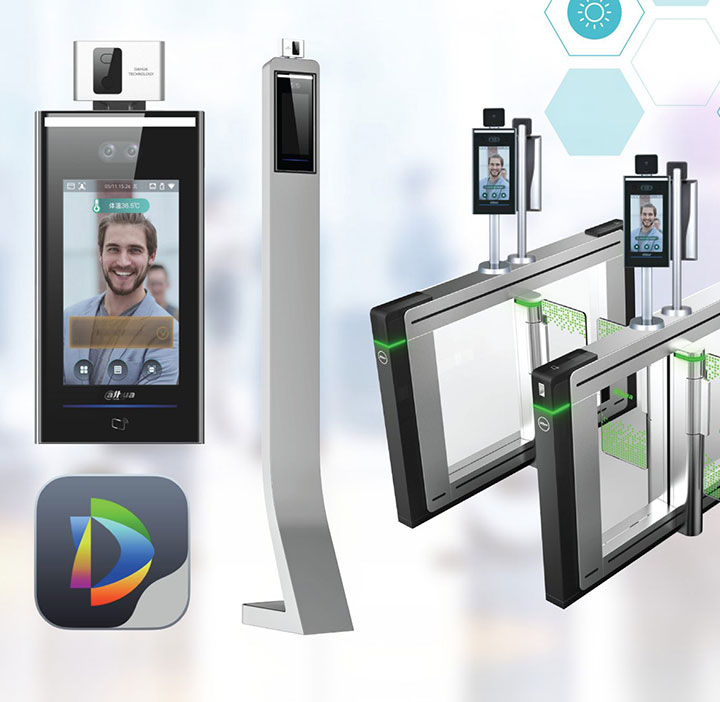
What’s new in security that’s suitable for educational establishments?
One of the most exciting developments that are ideal for education-based sites, especially given the heightened awareness of infection control, comes from upgrades to Access Control Systems. Some of the latest touch-free systems now incorporate facial recognition technology in place of keypads, swipe cards, or tags, along with temperature measurement.
However, it's important to note that facial recognition technology remains a subject of debate and controversy due to privacy concerns, bias issues, and ethical considerations. Here's how facial recognition technology was being used and some key points to consider:
-
Attendance Tracking: Some schools and colleges were using facial recognition to automate attendance tracking. Students could check in simply by looking into a camera, streamlining the process and reducing manual record-keeping.
-
Security Monitoring: Facial recognition was used in conjunction with video surveillance systems to identify and track individuals on campus. It could potentially help in identifying unauthorized persons or security threats.
-
Library and Resource Access: In academic libraries, facial recognition was used to grant access to certain resources or restricted areas based on user authentication.
Another new area of technology is Visitor Management, which gives you greater control and visibility into who the flow of people around your school or campus. Here are some of the key developments and trends:
-
Integration with Access Control: Visitor management systems now often integrate seamlessly with access control systems. This integration allows for a more comprehensive security approach, where visitor access permissions are automatically synced with access control systems.
-
Enhanced Security Features: Improved security features include the ability to conduct background checks on visitors and real-time identity verification through government-issued IDs or biometric authentication.
-
Touchless Check-In: In response to the COVID-19 pandemic, touchless check-in options, such as QR code scanning and mobile check-ins, have become standard features to minimize physical contact.
-
Visitor Badges: Many visitor management systems now produce printed or digital visitor badges with important information, including visitor names, photos, and access permissions.
-
Notification and Alerts: Visitor management systems can automatically notify hosts via email, text message, or app notifications when their visitors arrive, enhancing communication and security.
-
Data Analytics: Advanced analytics tools provide insights into visitor patterns, helping organizations optimize their resources and security protocols.
-
Cloud-Based Solutions: Cloud-based visitor management systems have gained popularity due to their scalability, ease of implementation, and remote accessibility.
-
Compliance with Data Privacy Regulations: With increased focus on data privacy, visitor management systems have adapted to comply with data protection laws, ensuring the secure handling of visitor information.
-
Biometric Authentication: Some advanced systems incorporate biometric authentication, such as facial recognition, for enhanced security and convenience.
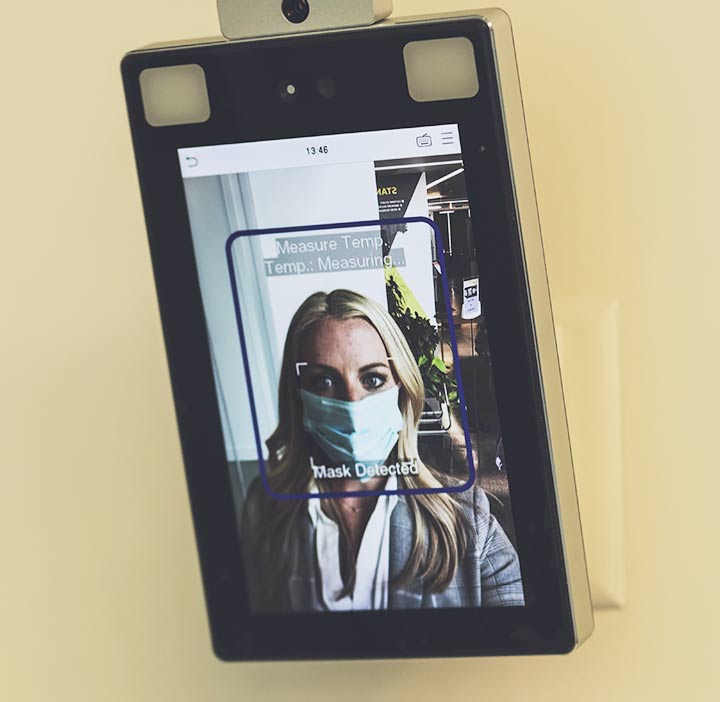
Is the cost of this equipment high? Given the current budget constraints, what purchasing alternatives are available?
The positive development is that the broad adoption of advanced technology has made it more accessible to the general market. As a result, schools no longer require substantial investments to acquire highly effective, long-lasting security systems.
Moreover, the need for significant capital expenditure can be completely circumvented by opting for a scheme that has garnered popularity within the education sector. Instead of outright system purchase, you can opt to rent the system through Securitas Technology, making it even more budget-friendly.
One innovative approach that has gained traction in the education sector is the adoption of rental or leasing schemes. Here, Securitas Technology plays a pivotal role in making cutting-edge security systems accessible without requiring a significant upfront capital investment. By opting for rental agreements, schools can distribute the financial burden over time, aligning expenses with their budgets and ensuring the security they need.
These solutions extend beyond traditional security measures and include advanced access control systems, video surveillance, visitor management, and integration with existing infrastructure. The result is a comprehensive security strategy that provides peace of mind for educational institutions, allowing them to focus on their core mission: providing a safe and conducive learning environment.
As security needs continue to evolve and budget constraints persist, it's essential for educational institutions to explore flexible and cost-effective solutions. Securitas Technology remains committed to helping schools adapt to these changing security demands, ensuring that students, staff, and visitors can thrive in a secure and protected environment.

Is remote monitoring of security systems suitable for educational establishments?
More and more organizations are using professional Security Monitoring Centres (SMCs) to remotely monitor their security systems. This is an effective and efficient way to handle events after hours, leveraging CCTV technology to investigate alarms and even remotely check-in on a regular schedule.
Schools have been using SMCs to monitor their intruder alarm systems and, sometimes, fire detection systems for a while. However, monitored security is becoming more and more important, and schools are upping the ante with the addition of video alarm verification. Video Alarm Verification is the process of confirming an actual intrusion using video clips and, where available, live video. When police emergency services consider an alarm to be "verified," they treat it as an in-progress intrusion and will dispatch quickly.
Even large educational establishments can benefit from third-party security monitoring. Universities may often have their own security control centres, but they may require support if an incident escalates. They may have a member of staff who travels a lot between the facilities on site for which they require lone worker protection, but don't have the in-house resources to dedicate. It may even be the caretaker/facilities manager who is checking the premises during the holidays - who is keeping an eye on them to make sure they are safe?
Here are some of the benefits of using a professional SMC for schools:
- Improved security: SMCs can monitor your security system 24/7, providing an extra layer of protection for your school.
- Faster response times: SMCs can dispatch police or security guards quickly to verified alarms, minimizing the damage from an intrusion or other incident.
- Peace of mind: SMCs can give you peace of mind knowing that your school is being monitored by professionals.
If you are considering using a professional SMC for your school, there are a few things to keep in mind:
- Choose a reputable SMC: Make sure to choose an SMC that is licensed and insured. You should also check their references and read reviews from other customers.
- Make sure the SMC can monitor your security system: Make sure the SMC is compatible with your security system and can monitor all of the devices you have installed.
- Get a clear understanding of the SMC's services: Make sure you understand what services the SMC provides and what is not included in your contract.
If you are looking for a way to improve the security of your school, using a professional SMC is a great option. Securitas Technology can provide your school with 24/7 monitoring, faster response times, and peace of mind.
If you are an educational leader and would like to learn more about how our security services can help your school, please click the button below to schedule a consultation. Our expert will contact you in a short time span to discuss your specific needs and how our services can help you meet them.
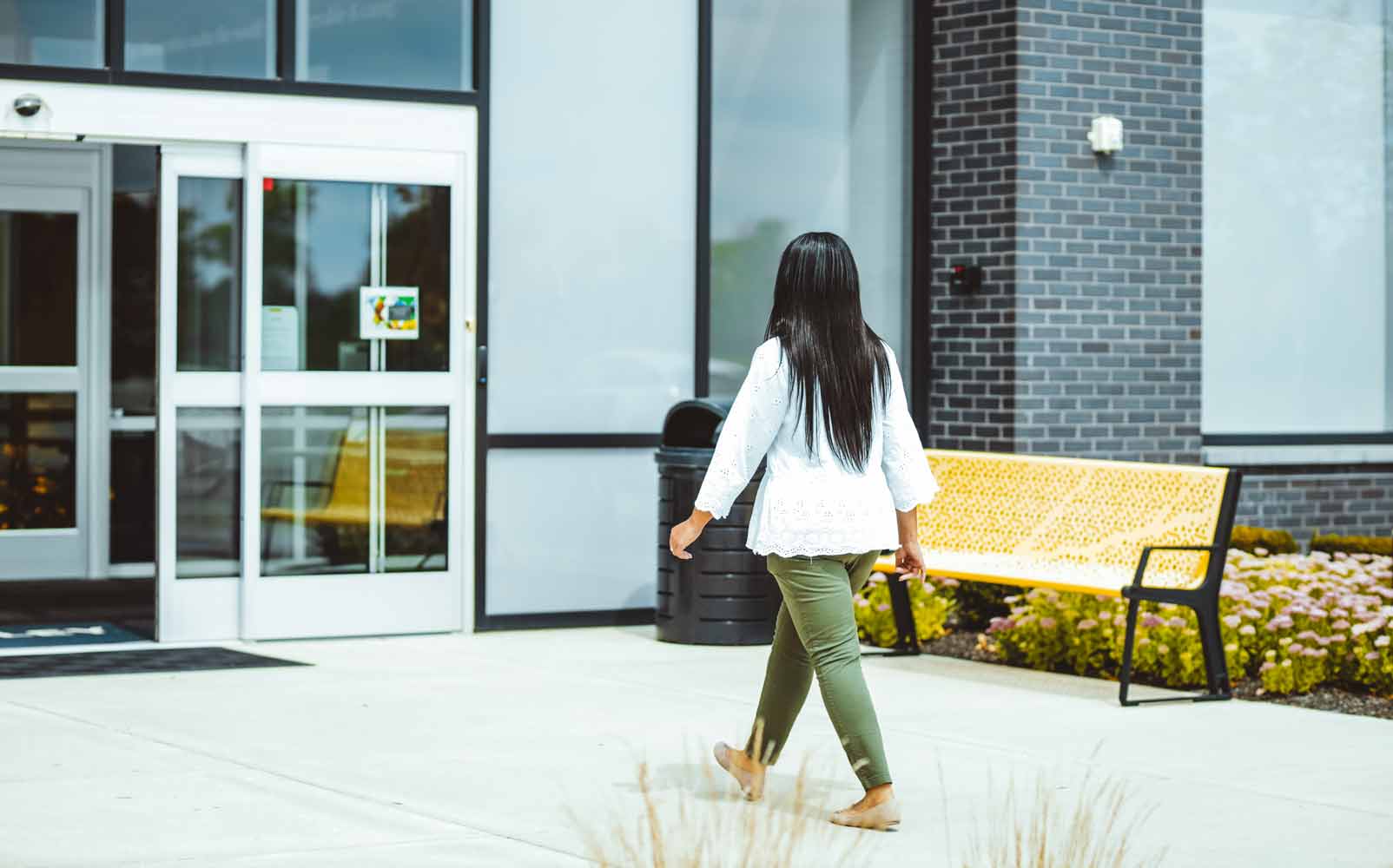
Get a free consultation on your security needs for education.
Fill in the form with your details and our security consultant will contact you shortly.
